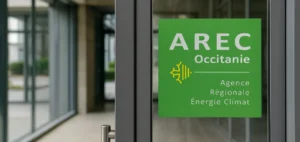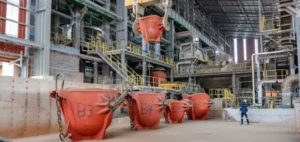Italian energy giant Eni and Malaysian national oil company PETRONAS announced on February 28, 2025, that they are in discussions to form a new joint venture aimed at merging certain assets in Southeast Asia. This partnership is expected to allow the future entity to become a major player in the region, with reserves estimated at 3 billion barrels of oil equivalent (boe) and a production target of 500,000 barrels of oil equivalent per day (boed) in the medium term.
The exact composition of the assets included in the joint venture has not yet been specified. However, according to Wood Mackenzie, it is anticipated that the company will combine production and exploration assets primarily from Indonesia, including Eni’s substantial stakes in the Kutei Basin. PETRONAS will also contribute by adding assets from its Malaysian portfolio, including its share in the Abadi LNG project and the SK316 block in Sarawak, one of its key producing assets.
A strategic partnership for a regional player
Andrew Harwood, Vice President of Asia-Pacific Research at Wood Mackenzie, highlighted that this partnership goes beyond industry expectations, with innovative scope and considerable potential. According to him, the joint venture will benefit from Eni’s cutting-edge exploration capabilities and PETRONAS’s strong regional presence, thus creating a powerful player in Southeast Asia. This new entity would be well-positioned to undertake gas supply and infrastructure projects while pursuing high-impact exploration opportunities in the region.
For Eni, this move fits into a series of similar successes in other regions, such as Angola (Azule Energy, in partnership with BP), Norway (Var Energi), and the United Kingdom (Ithaca). These previous joint ventures have allowed Eni to monetise non-strategic assets, but the current approach appears different due to the growth potential that Indonesia represents in the company’s global portfolio. By the early 2030s, Indonesia could become one of the largest producers for Eni.
Challenges and prospects for Southeast Asia
The primary reasons for this initiative lie in the management of capital commitments, unlocking new growth opportunities, and expanding strategic relationships. According to Harwood, this joint venture could be the necessary catalyst to unlock the untapped potential of the region, whose resources remain largely underdeveloped. As a capable and well-financed operator, this new entity could play a key role in the development of energy infrastructure and the exploration of new resources in Southeast Asia.






















